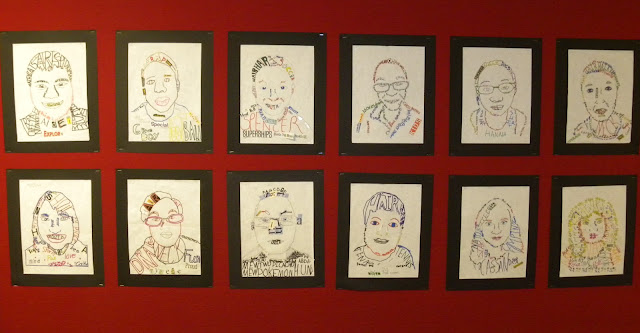Professional
development is essential for educators to stay informed of new research and
practices in the field of education. Access to resources and development
opportunities will improve many aspects of the teaching and learning experience
and students will be provided with the benefits that lead to academic success.
Conventions and classes
provide opportunities to discuss relevant issues and concerns while creating
connections with experts in the field and the art education community. These experiences encourage personal growth
and reevaluation of current methods and philosophies.
Staying informed
of the opportunities available to art educators and advocating for personal
development is also important. The National Art Education Association provides
professional development resources for visual arts education and organizes
events and conventions that work to promote, develop and connect art educators.
Becoming a member of an established professional community will allow you to
stay informed about a variety of different professional development
opportunities.












































